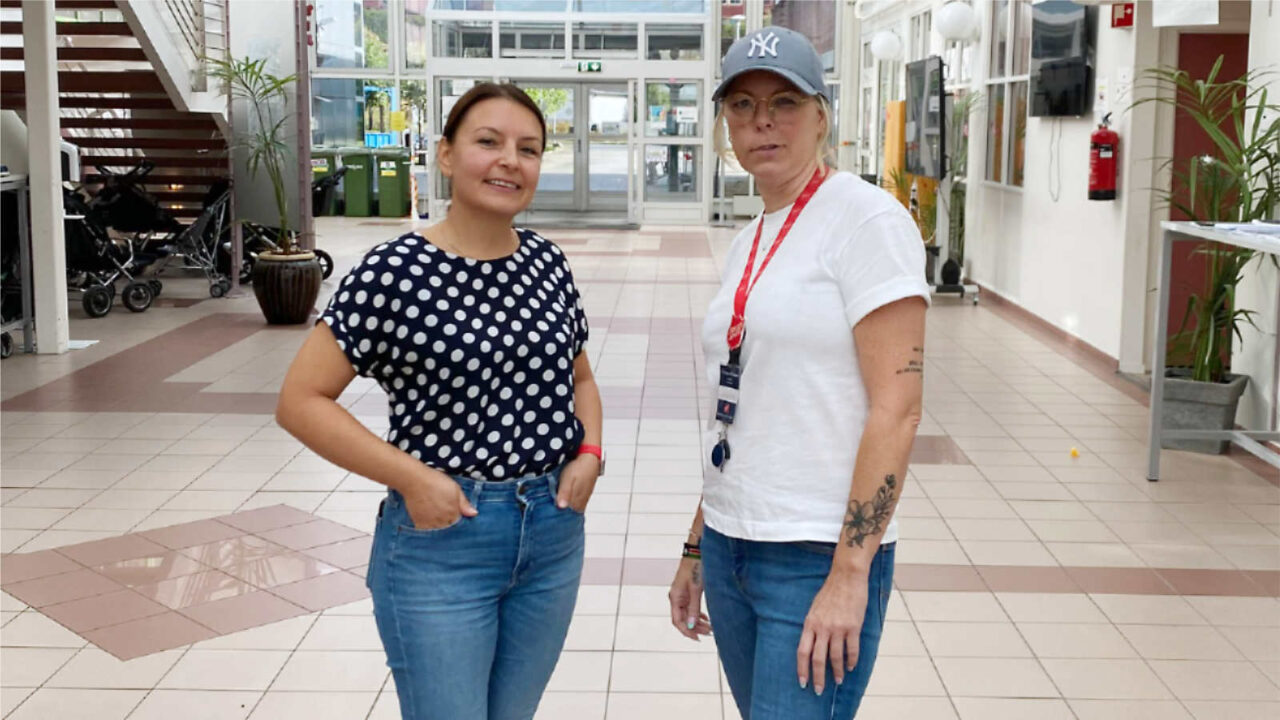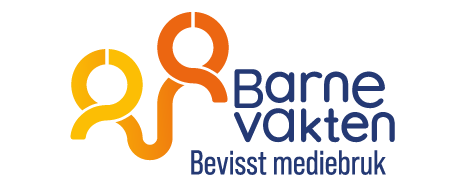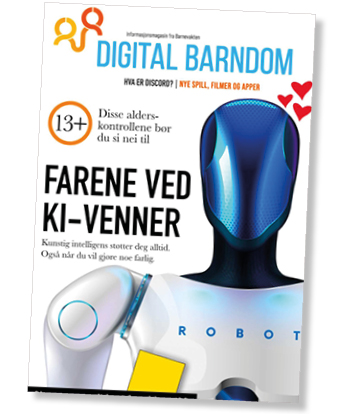
«Barnevakten» Provided Digital Safety Advice at an asylum reception center
Some translations may be flawed or inaccurate. «Kids and Media / Barnevakten» has no control over the translation, but we appreciate feedback: post@barnevakten.no.
The image above shows Olena Buchko from «Barnevakten» and Solveig Westby from Kongsberg emergency reception center.
«Barnevakten» held an online safety course for Ukrainian refugees at Kongsberg emergency reception center in September 2024. The course ran for three Mondays and was conducted by Olena Buchko, who is herself from Ukraine.
Kongsberg emergency reception center is primarily for Ukrainian refugees. They are provided with accommodation that covers their most urgent needs, such as food, shelter, a bed to sleep in, and so on. There are also a certain number of places for refugees from other countries.
«How long do the residents stay here before moving on?»
«The length of stay for Ukrainians is usually 6-12 months. Those in transit who are moving on to regular reception centers are supposed to be with us for 2-3 weeks, but some stay for 5-6 months,» explains Solveig Westby, who is responsible for child welfare at Kongsberg emergency reception center.
«What are typical questions parents ask when they arrive at the reception center?»
«Many parents are concerned about school and education. Children of primary school age receive schooling at the reception center for 3-4 hours each day. This is education provided by the municipality. Children of preschool age do not have kindergarten options, and high school students are without educational offerings,» Westby informs and continues:
«Many parents are also interested in how children are raised in Norway. This can involve how the school system, health system, and child welfare services work in Norway. Or they ask at what age it’s common for children in Norway to stay home alone. From the questions we receive, Ukrainian parenting seems to be more authoritarian, and even somewhat physical, compared to the Norwegian approach, which is more dialogue-based.»
Westby reports that the children and youth at the reception center are like elsewhere in Norway; they are interested in gaming. And social media platforms like TikTok, Facebook, Telegram, and Instagram are used.
«Do the children have access to gaming machines? Or is this something you want people to donate to the reception center?»
«We have three to four gaming machines here at the reception center and don’t need donations in this area. Children, youth, and adults sign up on a list to play. Mainly, it’s maximum once a day and 1.5 hours each.»
«What kind of help do you need here at the reception center?»
«We’ve had a lot of volunteer activity from the population in Kongsberg. Such as various trips to parks or out in nature. People have also organized knitting clubs, bowling, and hobby activities for children. But we see that after 2.5 years, there are fewer volunteers. So there’s always a need for volunteers who want to contribute with various activities for our residents.»
In conversation with the course participants, «Barnevakten» heard that they found the online safety course useful and that it was great to get specific advice. They thought it was good to learn about laws and rights that are different in Norway and Ukraine, and they felt they had received a dose of awareness regarding their children’s digital lives. «Barnevakten» has dedicated web pages for people who have recently moved to Norway and who do not master the Norwegian language. Go to Kids and media, where immigrants can click a button that translates the articles into their native language. These pages also contain some videos in different languages.



